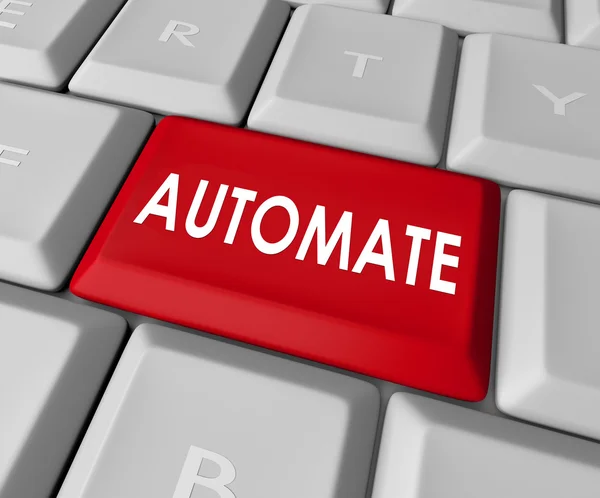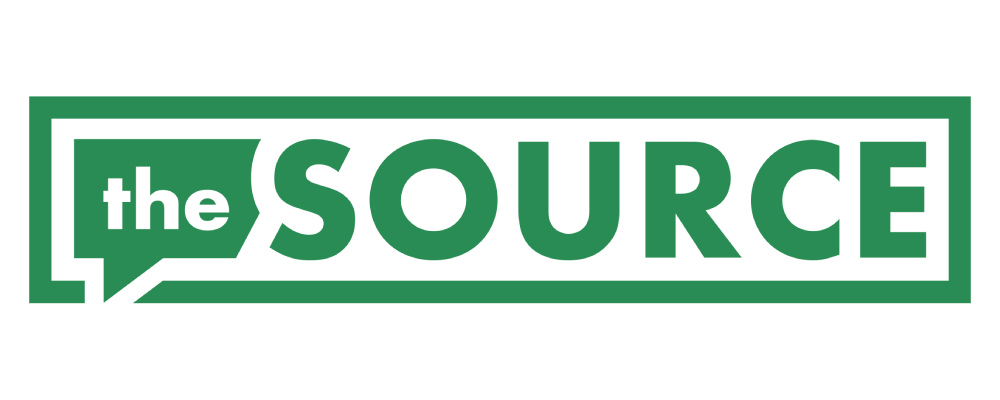Inflation, rising interest rates, and shaky markets have a recession looming on the horizon — these are uncertain times for everyone. So where do you turn when outside factors make work stressful?
According to this below article by Forbes, the answer is automation. In the article below, the restaurant industry shows us why automation is a lifeline in a downturn. When the restaurant industry was hit hard in the early days of the Covid-19 Pandemic, we saw innovative restaurants looking to increase efficiency turn to:
- QR Codes
- Contactless Payment
- Online Ordering
While the restaurant industry was forced to automate to survive, other industries should not wait for the crisis to hit. Get ahead of the curve, automate now and dominate the competition.
If you are interested, please read more below.
Charlie Coppola
Should Turn Up Automation In A Downturn
Chris Heard
Newsflash: The markets are shaky, inflation is high and a recession looks unavoidable. As much as it can feel like the end of the world—or at least super scary—it’s happened before, and it will happen again. One lesson we can learn from each time this has happened is that there’s a big jump in tech adoption, particularly in B2B companies.
Whether we like to say it or not, people are one of the highest costs for a business. The more effective individuals can become, the better they can help support the business in lean times. Think of how long an analyst would take to go through your customer data on spreadsheets versus if they’re using a business intelligence (BI) platform. Consider the impact on retention if your customer success team had to manually track all customer interactions and renewal dates rather than automating that process through customer success software. Reducing overall spend and churn can often mean implementing more software.
A very clear, recent example of this happened to the restaurant industry during the pandemic-induced recession in 2020. This was a short-term dip in the grand scheme of things; however, it was the most impactful event since prohibition for the restaurant industry. With an inability to service their customers, restaurants were forced to adapt or die.
As an industry that’s been typically slow to adopt technology, one would expect the first place for restaurants to cut costs would be technology. However, the opposite happened. Smart restaurateurs quickly adopted QR codes, online ordering, contactless payments and a plethora of other technologies. This was not a “we’ve got some money, let’s add that digital kitchen display we’ve been thinking of” moment. This was an “our income just dropped to zero, we have almost no cash to buy new technology, but without it, we won’t survive” moment.
What happened to restaurants in 2020 was years of digital transformation happening in months, weeks and days. I’m sure many are saying, “Well, that was unique. They had to do that to survive. It doesn’t apply to my industry.” The interesting thing about this transformation is that these platforms haven’t gone away since the world returned to restaurants. Online ordering, QR code menus and contactless payments are more efficient. So, they’re here to stay. I have my own thoughts on not having real menus, but that’s for another post. The point is that when times are tough, smart companies turn to technology to streamline processes and vastly improve efficiency across their business.
I’m not suggesting blindly buying technology to solve problems here. For most of us, we certainly have a lot of tech we just don’t need. I’m suggesting that if you have manual processes that can be automated today, now is the time to implement them. For most companies, there’s a mix of both manual processes that should have tech attached as well as multiple tools that do the same thing. So, that brings me to the second issue we face these days: How do you remove software without impacting the business?
This part can be tricky. Most, if not all, of the software your company pays for, is being used by someone in the organization. So, no doubt, removing software will upset someone. It’s never going to be perfect. The key here is to minimize the impact on individuals and preferably have zero or net positive impact on business continuity. If you disconnect the wrong piece of software, you could impact not only the day-to-day users of that platform but also anyone who uses software with integrations into it. Buying software without a thorough process is reckless and can be expensive. Cutting software without a thorough process can be disastrous.
Before we hit the reset button on our software spend and cut core business automation tools, it’s important to stop and do the math. Would the efficiencies delivered by implementing new technology reduce our month-to-month costs by more than we would save by cutting some? Is the risk of cutting out a system worth the monthly cost we’re paying for it? There’s certainly software bloat in almost every organization today, but is the “get slim quick” fad diet a better solution than investing in a gym membership? In my experience, the answer is no.









